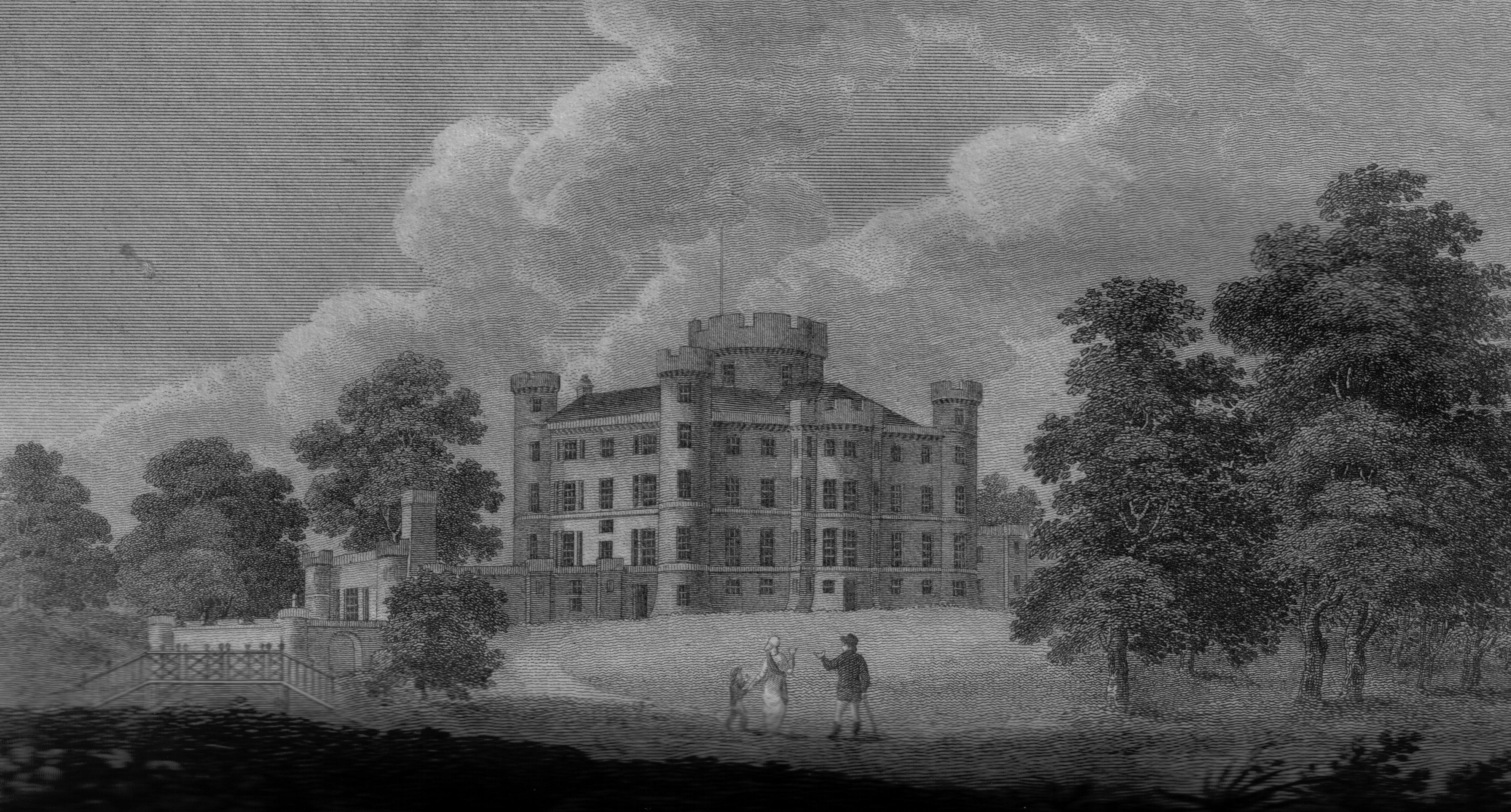- An ancient town steeped in religious history through which it flourished in the medieval period
- Home to the ruins of one of Scotland's grandest abbeys
- Strong connection to the River Garnock which has a vibrant and accessible presence curving around the town
- On the doorstep of Eglinton Country Park, a key local asset for nature, recreation and heritage
- An easy connecting point for road and rail links between the Ayrshire coast, Garnock Valley and Glasgow

Kilwinning & Dalgarven’s story
The origins of Kilwinning are deeply connected to religion and the River Garnock. As early as the 600s a church was established at a crossing point on the River Garnock at the settlement of Segdoune, which is likely to have derived its name from "Sanctoun" or "Saint's Town". It is believed that the church was dedicated to St Winnan. The site of this church was later chosen for the construction of Kilwinning Abbey between 1162 and 1187 by Tironesian monks from Kelso Abbey. For four centuries it flourished becoming one of the wealthiest and grandest abbeys in Scotland through its enterprise across the region until the reformation in 1560. The Abbey constructed the first bridge across the Garnock in 1439 with permission from the Vatican to replace the original ford, the present bridge was constructed in 1857.

The site of Kilwinning Abbey as viewed from the top of the Abbey clocktower (part of the Heritage Centre)
Kilwinning is famous as home to the oldest archery group still active today; The Ancient Society of Kilwinning Archers is believed to originate back to 1483. An annual papingo shoot takes place in the Abbey grounds, where a small wooden bird is hung from the Abbey Clock Tower as a target for the competitors.
The stonemasons who built the abbey went on to form a masonic fraternity within a chapterhouse of the abbey, which today is known as the Mother Lodge, being the oldest of its kind in Scotland. The lodge has congregated at many places in the town across its history, its current building on the town’s Main Street was built in 1893.
Eglinton Castle was the ancient seat of the Earls of Eglinton for centuries, between 1797 and 1802, an impressive Gothic castle was built to replace older structures and set around a stunning designed landscape. The Castle and estate grounds were the venue for the famous 1839 Eglinton Tournament, celebrating Queen Victoria’s Coronation in unique style, attracting 100,000 spectators and involved arranging some of the world's first excursion trains, from Ayr. With the castle falling into disrepair and the family struggling financially, the castle was abandoned in 1925, after which it became more and more ruinous with only one of its four towers remaining. Today the extensive grounds of the castle form Eglinton Country Park.

An 1811 engraving of Eglinton Castle as it once stood
A mile north of Kilwinning, Dalgarven Mill sits on a picturesque bend of the River Garnock. Built as a grain and flour mill in 1614 on the site of the former Waulk Mill (built in 1203), it is owned by the Abbey. Becoming part of the Blair Estate (south of Dalry) the mills played an important role in local agriculture and economy until it suffered a disastrous fire in 1869. In 1922 ownership of the mill passed to the Ferguson family and eventually fell into disrepair. In the late 1980s a new generation of Ferguson’s restored the mill houses as the Ayrshire Museum of Country Life and Costume.

The River Garnock at Dalgarven Mill
Kilwinning was rich with minerals including coal, ironstone, fireclay, limestone and sandstone. The Earls of Eglinton established extensive mines, collieries, ironworks, brickworks, fire clay, tileworks and chlorine works across the town making Kilwinning an important and thriving industrial centre by the 1800s.
The Eglinton Iron Works, on the edge of Kilwinning was an important industrial employer with over 1000 workers, directly connected to the resource of neighbouring collieries. The Eglinton Iron Company, commissioned by the Earl of Eglinton and owned by William Baird & Co. of Coatbridge, lit its 8 blast furnaces for the first time on Christmas Eve 1846 and closed in 1924. The old grounds now form Almswall Park sitting on the banks of the River Garnock.

The clocktower of Nethermains Community Centre, built as a recreation hall for the workers of the Eglinton Iron Company, is the only surviving structure of the works.
Textiles were also important in the growing town. In the early 1800s women in the parish worked as muslin embroiderers or ‘flowerers’, as part of what is known as the Ayrshire whiteworkers. More contemporary industries in Kilwinning included the Pringle knitwear company and Wilson’s foods processing plant.
Highlights
- Kilwinning Abbey was once one of the grandest abbeys in Scotland
- The Ancient Society of Kilwinning Archers is believed to be the oldest archery club in the world
- Dalgarven Mill is home to Scotland’s last working water wheel, powered by the River Garnock
















